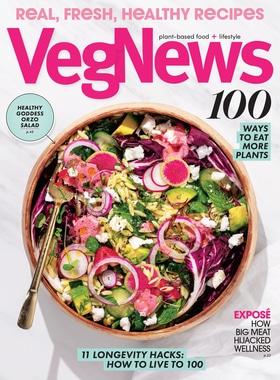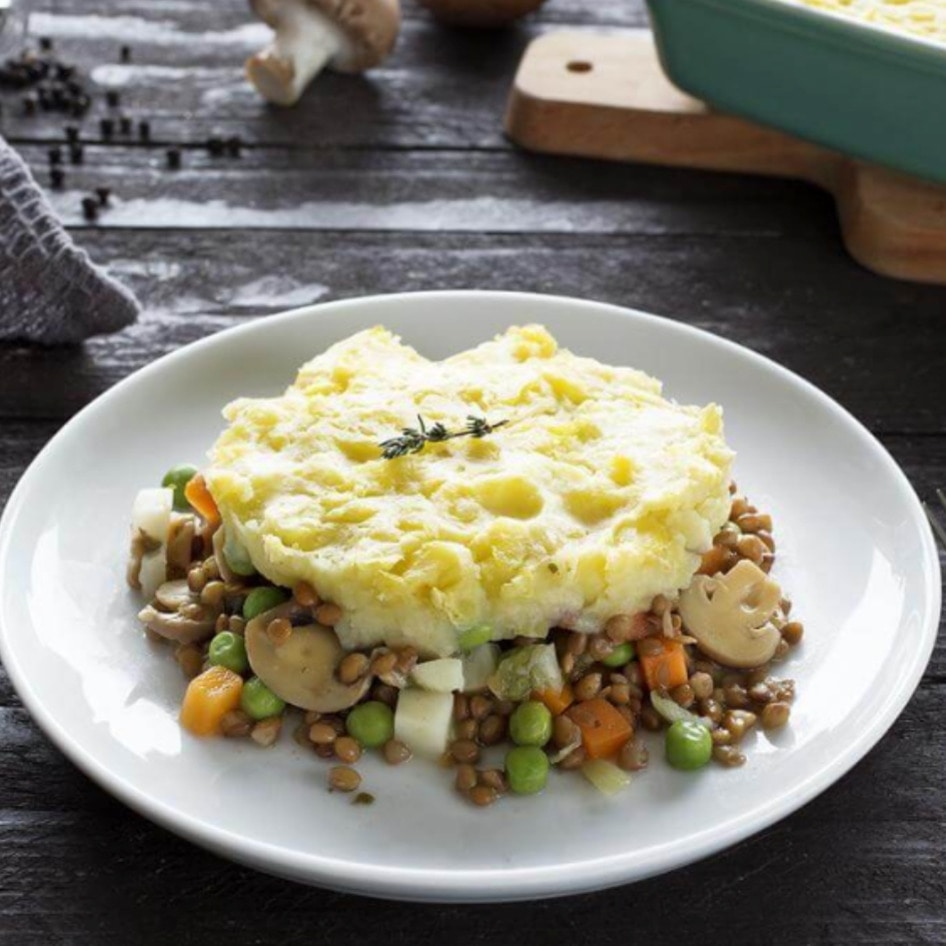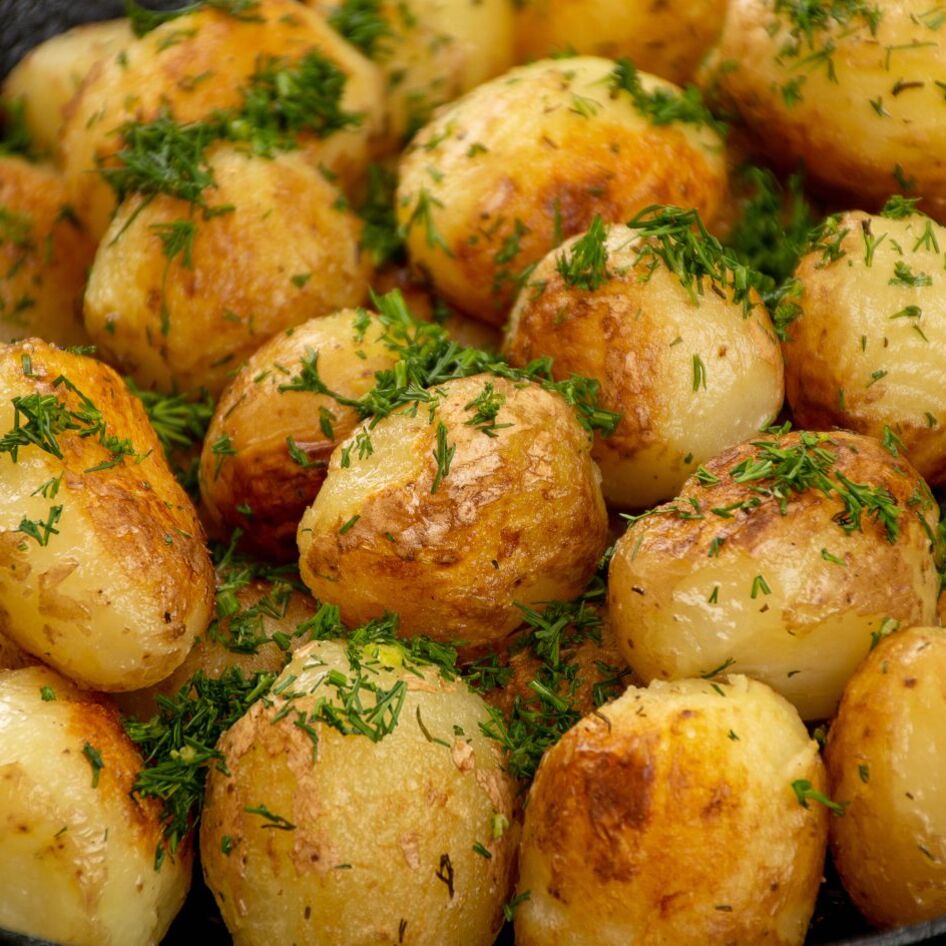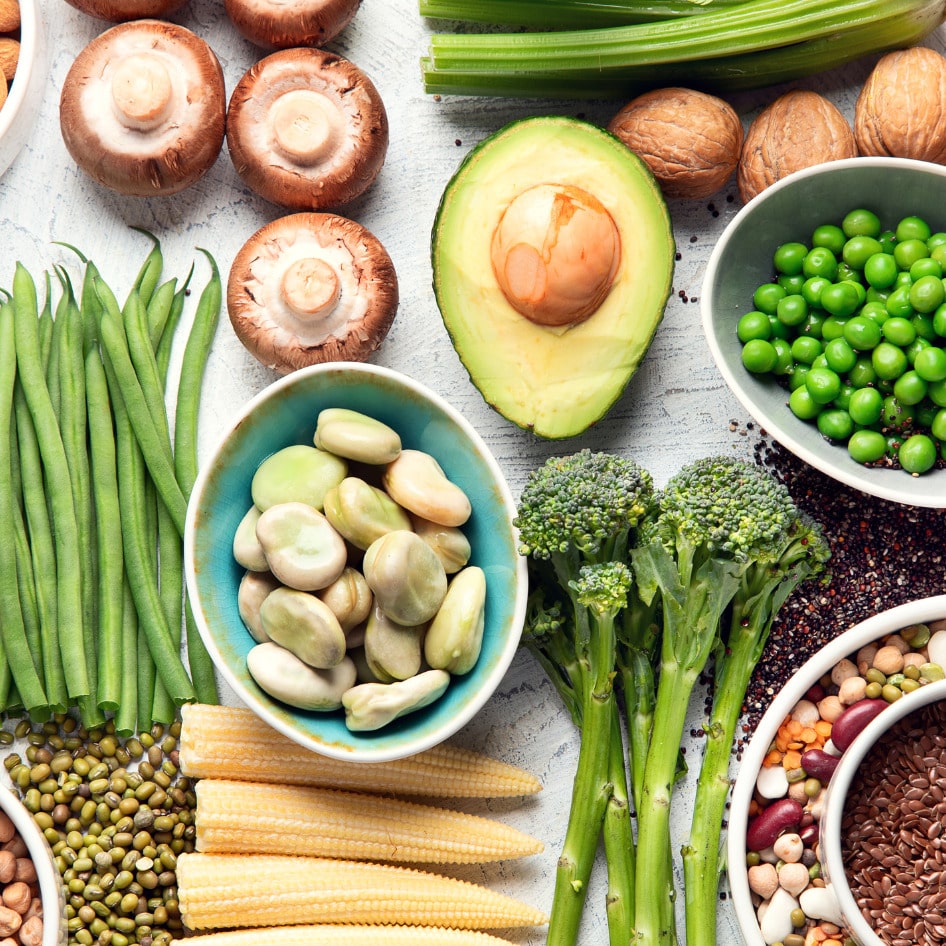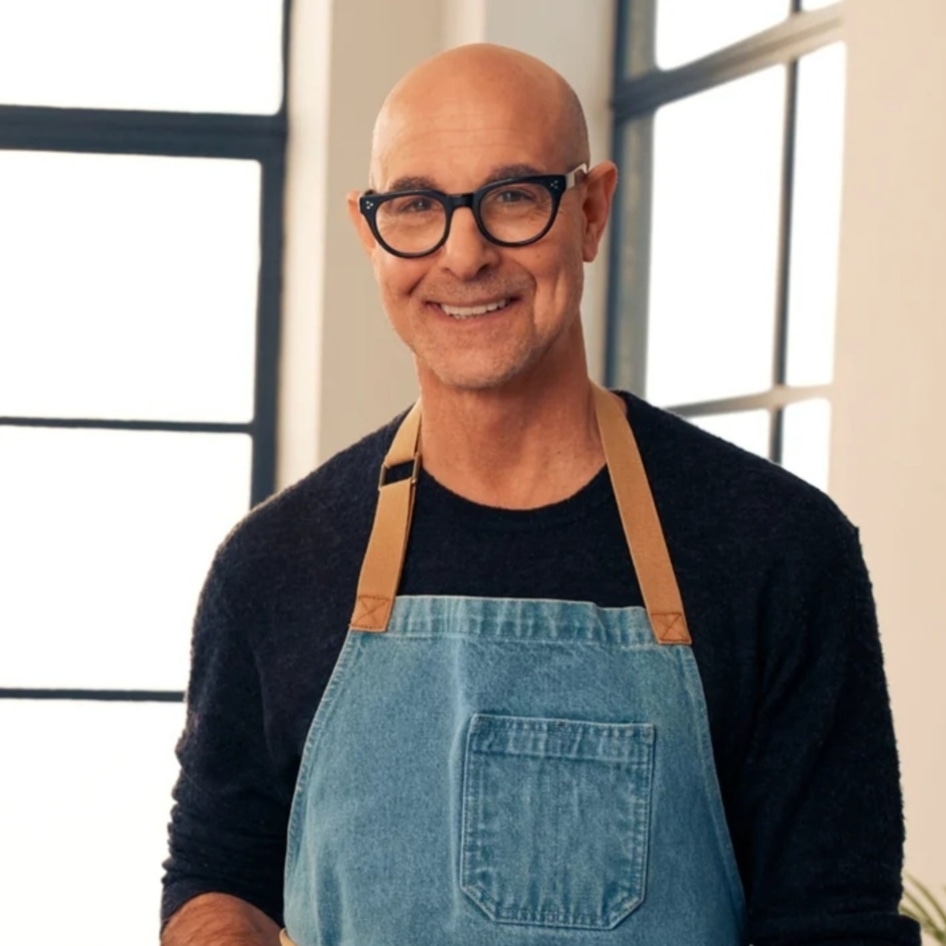How the Culinary Institute of America Trained Me to be a Vegan Chef
Knife skills, plating, and braising are just a few skills that transformed one culinary student into a vegan master chef.
July 12, 2016
Hyde Park, New York’s Culinary Institute of America (CIA) is arguably the world’s premier chef training program. Founded upon classic French cuisine, the academic curriculum teaches students the foundations of cooking through rigorous kitchen courses, product knowledge, knife skills, cooking techniques, sauce making, wine pairings, and on-the-line operations. With this knowledge, students are then given real-time practice by working in actual kitchens, but it’s rare for future chefs to be taught how to prepare vegetables as a main entrée. So I learned myself. With the CIA motto of “Food is Life” as my inspiration, here are six real-life examples of how the CIA trained me to be a vegan chef.
1. Know your ingredients.
CIA begins its program with a three-week course called Product Knowledge in which I learned the difference between things like broccoli, broccolini, and Chinese broccoli. I also received hands-on experience with how a ripe lemon should smell, feel, look and taste. At the end of the class, I was given 20 vegetables and told to identify the difference between kohlrabi and daikon, and cilantro and parsley. I was asked, “Can you eat the stems of rhubarb?” No, trust me. I was also asked to explain two cooking methods for fennel (raw in a salad or oven roasted). Knowing my ingredients was a key lesson learned in developing amazing recipes I could later use for my vegan food truck and website.
2. Use a sharp knife.
Knives are the most important tools a chef can have, which might be why knife skills class at CIA is the first class in which students enter the kitchen. We were told that a dull knife can be more harmful that a sharp knife, and that a sharpening stone and steel blade are the best ways to keep knives sharp. Next was handling, in which I learned that proper knife control starts with a good handle and firm grip. I learned how to properly hold a knife by wrapping my hand around the handle, pinching the blade between the pointer finger and the thumb, while not letting my fingers jet out from the handle area. Then, I was taught knife cuts, and how bigger is not always better when choosing a knife for slicing and dicing. Knife cutting is a skill, one I continue to practice daily.
3. Vegetables are in everything.
“Mirepoix” refers to the aromatic blend of carrots, celery, and onions that serve as the foundation for almost every savory dish in French cuisine. This trilogy is also used as the main ingredients with vegetables for entrée dishes, the main flavors in making stock, and the starting point for sauces. The larger takeaway from this lesson was that vegetables are in everything. Teachers would explain how essential sauces are because they’re the only way to tie together flavors—otherwise, vegetables stand out on the plate as three separate items.
4. Cooking techniques can make or break your dish.
CIA teaches braising, stewing, roasting, sautéing, grilling, boiling, and steaming with animal-based proteins, but soon I learned these same techniques can be applied to vegetables. I was shown how to add more complexity and texture to vegetables just by changing the way I cooked them. Mushrooms were my greatest teacher. During culinary school, I learned that high heat is key for roasting mushrooms or sautéing them, and that seasoning mushrooms toward the end is important because if this fungus is not seared or roasted perfectly, it can quickly turn into a watery, chewy nightmare. If salt is added at the beginning of the cooking process in a high heat pan, the natural water will come out of the mushrooms immediately, which cools off the pan and reduces the temperature during cooking, resulting in soft, steamed mushrooms.
5. Plating makes perfect.
Eating involves all five senses, which might explain why instructors harped on the importance of smell, sight, touch, sound, and taste. Seeing my plate is a customer’s first sensory experience with my food, so the benefit of using more vegetables on a plate is the variety of colors I present to my customers. I also learned to stick with odd numbers—it is more appealing to the eye to serve five potato wedges than four. At CIA, I was taught to keep some part of each component of the dish touching. And, when in doubt, stack the components of the dish vertically on the plate. I used to watch cooking programs that told viewers to put garnish on the rim of the plate, but CIA taught me that garnish is meant to be enjoyed as a component of the dish.
6. Push the boundaries of food.
CIA taught me the foundations of cooking, which created the perfect launching pad for developing new and bold concepts. I took those same foundations of cooking through knife skills, cooking techniques, and plating style, and matched them with local, seasonal, and organic food. CIA didn’t teach me to be vegan, but it did teach me the business of food. In a course about food costing, I learned the most expensive items in many kitchens are derived from animal products. Serving vegan food is a cost-effective method for having a successful food business, and one that’s ethical and compassionate as well.
Ali Metzger is the owner of Arizona’s first vegan food truck and runs EatVeganFood.com, offering free, vegan recipes.
JUMP TO ... Latest News | Recipes | Guides | Health | Subscribe
